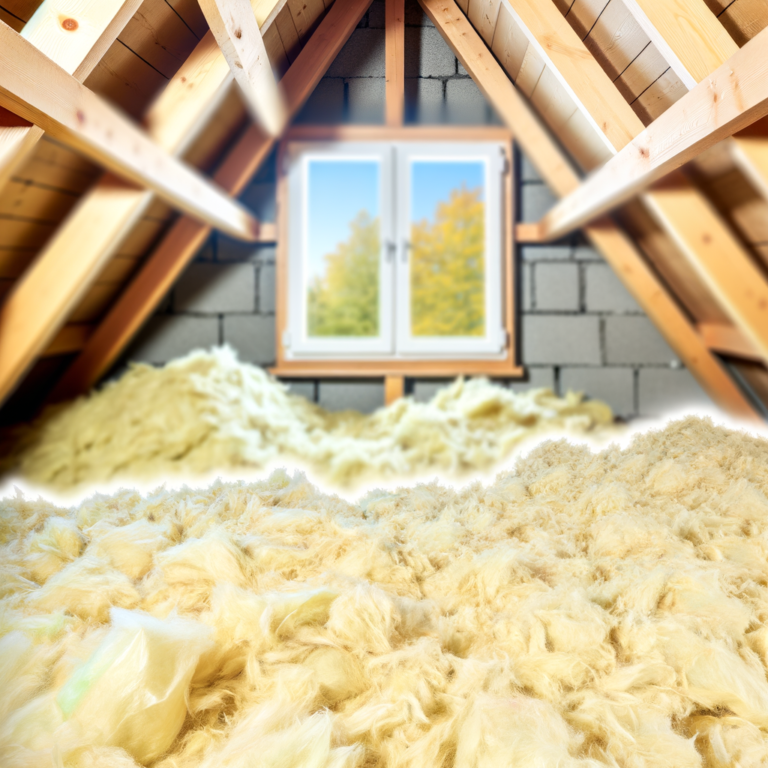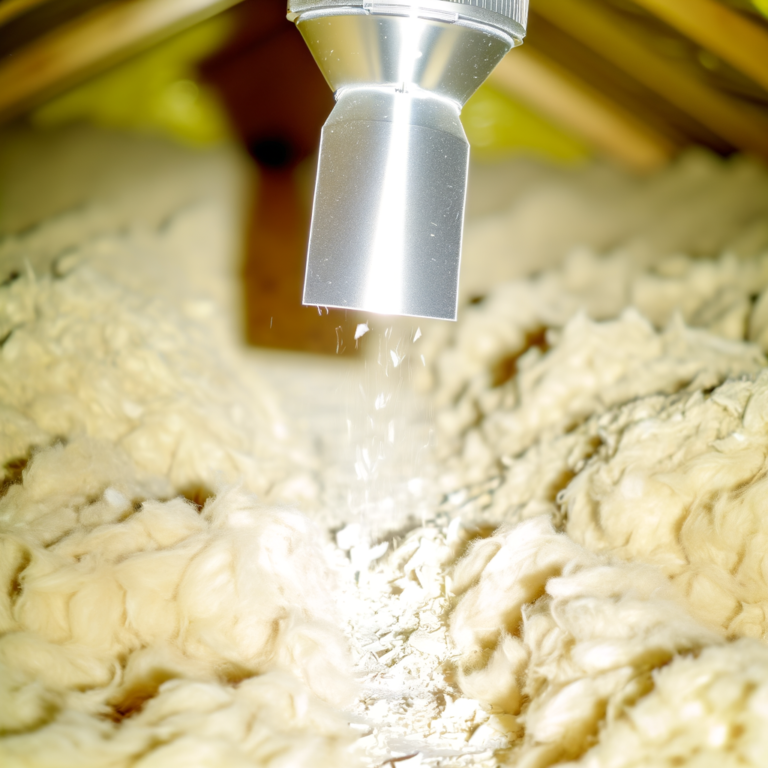- Blown-in insulation provides seamless coverage that enhances energy efficiency and home comfort.
- Materials used include fiberglass, cellulose, and mineral wool, each offering unique benefits.
- The installation process involves assessing the home, air-sealing, and blowing in insulation using specialized equipment.
- While initial costs may be higher, long-term energy savings and environmental benefits make it a worthwhile investment.
The Ultimate Guide to Blown-In Insulation for Homes
Table of Contents
- Introduction
- What is Blown-In Insulation?
- Benefits of Blown-In Insulation
- Installation Process
- Cost and Considerations
- FAQ Section
- Conclusion
Introduction
Improving home insulation is a powerful step towards energy efficiency and comfort. Blown-in insulation for homes stands out as an effective solution, offering seamless insulation coverage and significant energy savings.
What is Blown-In Insulation?
Blown-in insulation, also known as loose-fill insulation, involves blowing or spraying insulation materials into walls, attics, and floors, using specialized equipment. Common materials used include fiberglass, cellulose, and mineral wool, each having unique advantages in terms of thermal performance and sustainability.
Benefits of Blown-In Insulation
- Improved energy efficiency by reducing thermal leaks
- Enhanced comfort through consistent indoor temperature regulation
- Soundproofing properties that diminish noise pollution
- Flexibility in installation, especially in hard-to-reach areas
- Eco-friendliness, particularly with cellulose material, which is often made from recycled paper
Installation Process
Step 1: Assessing Your Home
Professional assessment is crucial to determine the specific needs of your home’s insulation. This includes checking for existing insulation and identifying any air leaks.
Step 2: Preparing for Installation
Ensuring that the space is ready for insulation often involves air-sealing to optimize performance.
Step 3: Installation
The actual process of blowing in the insulation using specialized machinery. This should ideally be done by professionals to ensure even distribution and optimal density.
Cost and Considerations
While the initial cost of blown-in insulation might be higher than traditional batt insulation, the long-term savings on energy bills can be significant. Additionally, considering factors like the material’s fire resistance and potential subsidies or grants can influence overall expenses.
FAQ Section
Q: What are the benefits of blown-in insulation for homes?
A: Blown-in insulation offers superior coverage, reducing energy loss and improving home comfort.
Q: How long does blown-in insulation last?
A: Properly installed blown-in insulation can last over 30 years, making it a durable choice for home insulation.
Q: Is blown-in insulation eco-friendly?
A: Yes, especially if you choose cellulose material, which is typically made from recycled paper and considered one of the most environmentally friendly insulation options.
Conclusion
Investing in blown-in insulation is a smart decision for homeowners looking to enhance their home’s energy efficiency and comfort. The upfront cost is balanced by long-term savings and environmental benefits, making it a compelling option for sustainable home improvement.
🔥 Click Here to learn more or to schedule an installation by our expert team!.
“`




